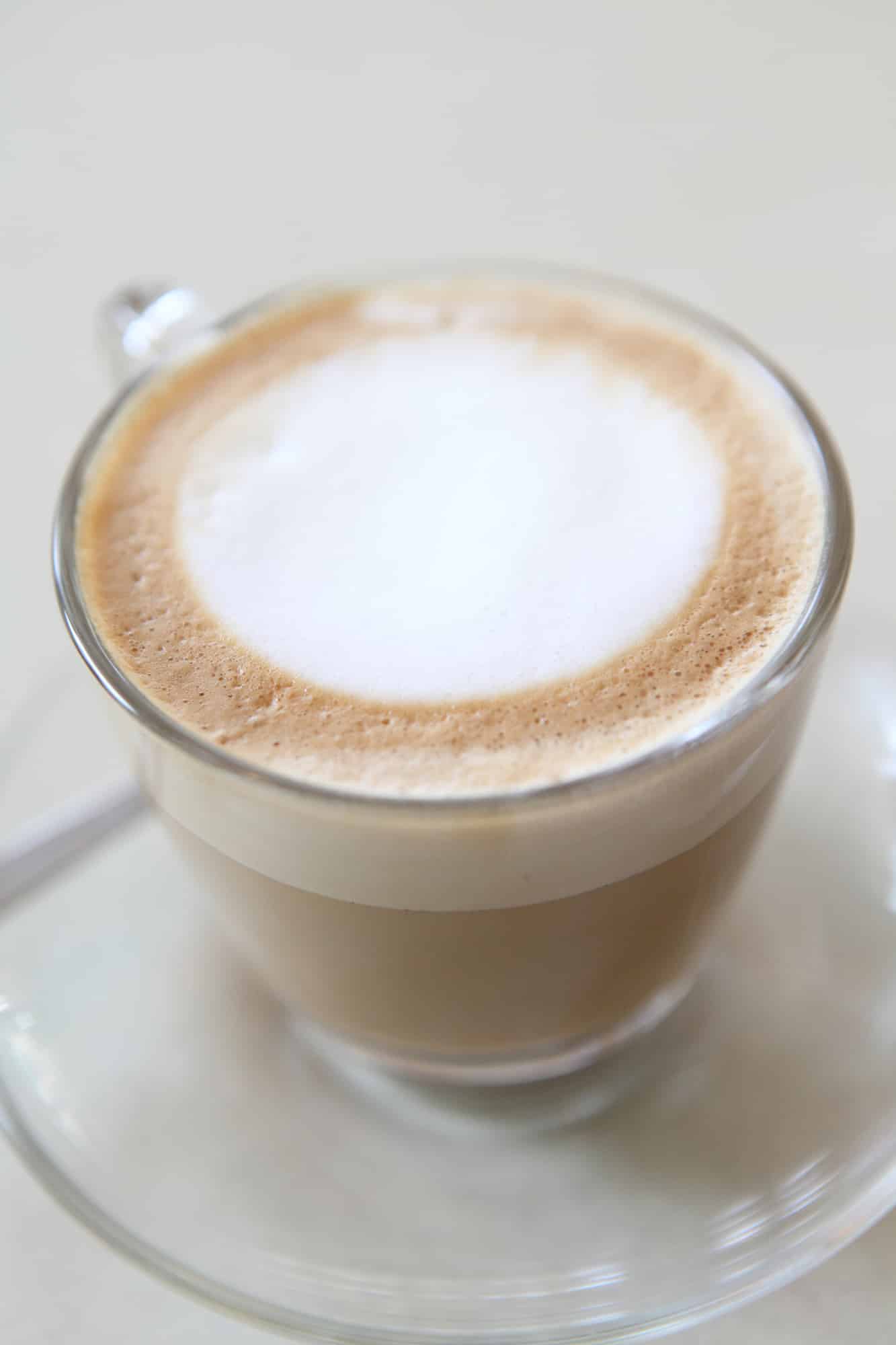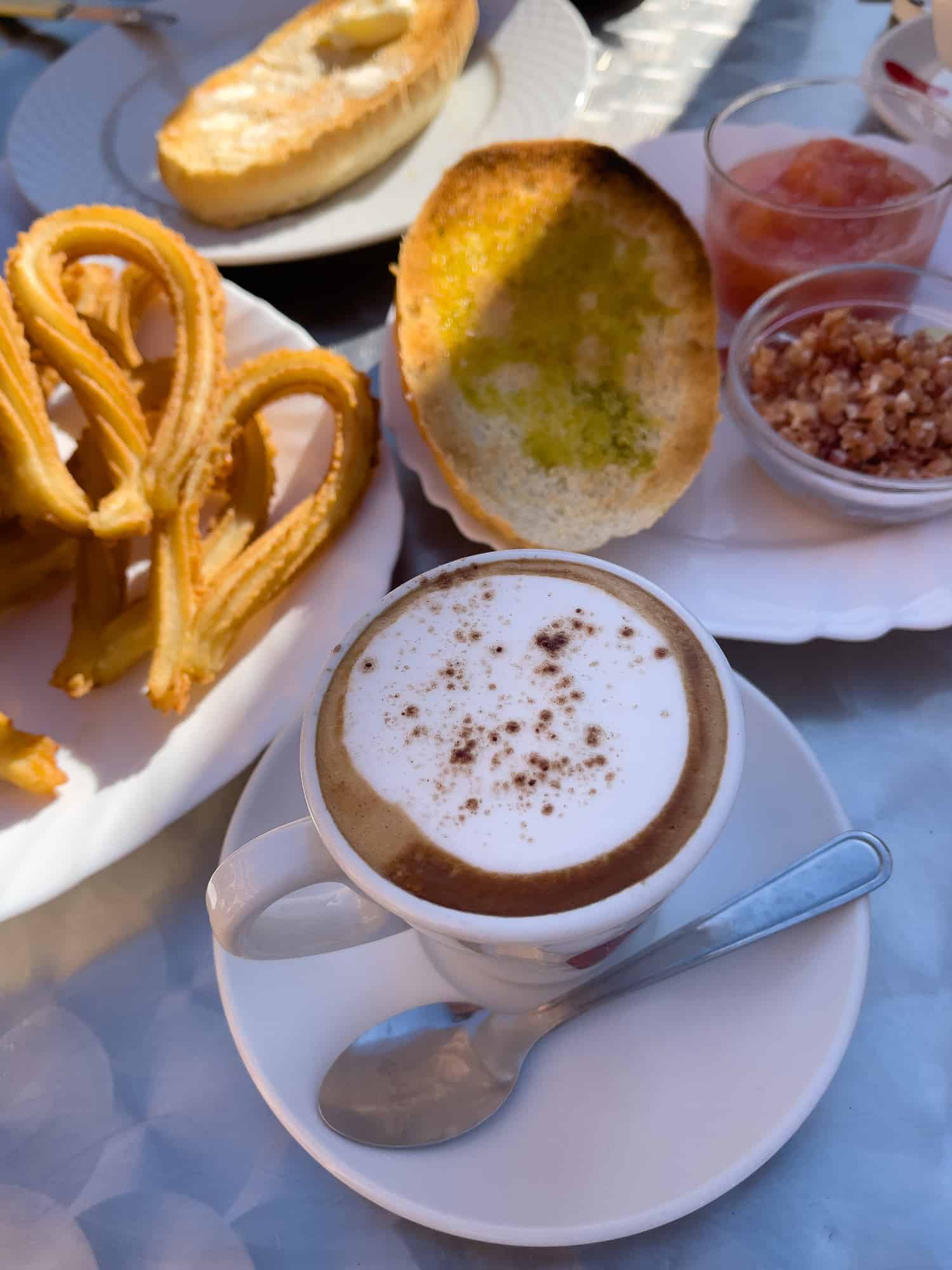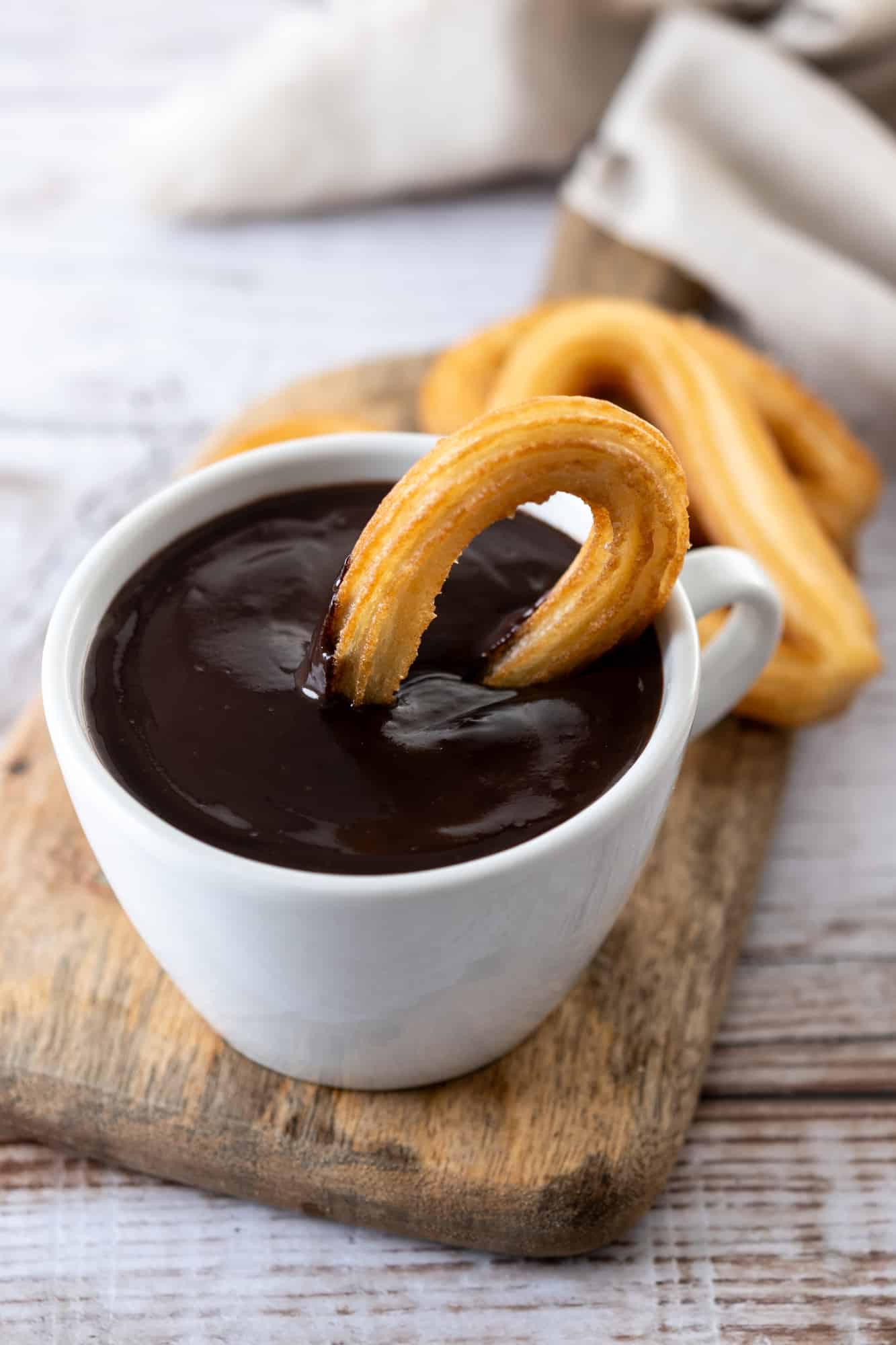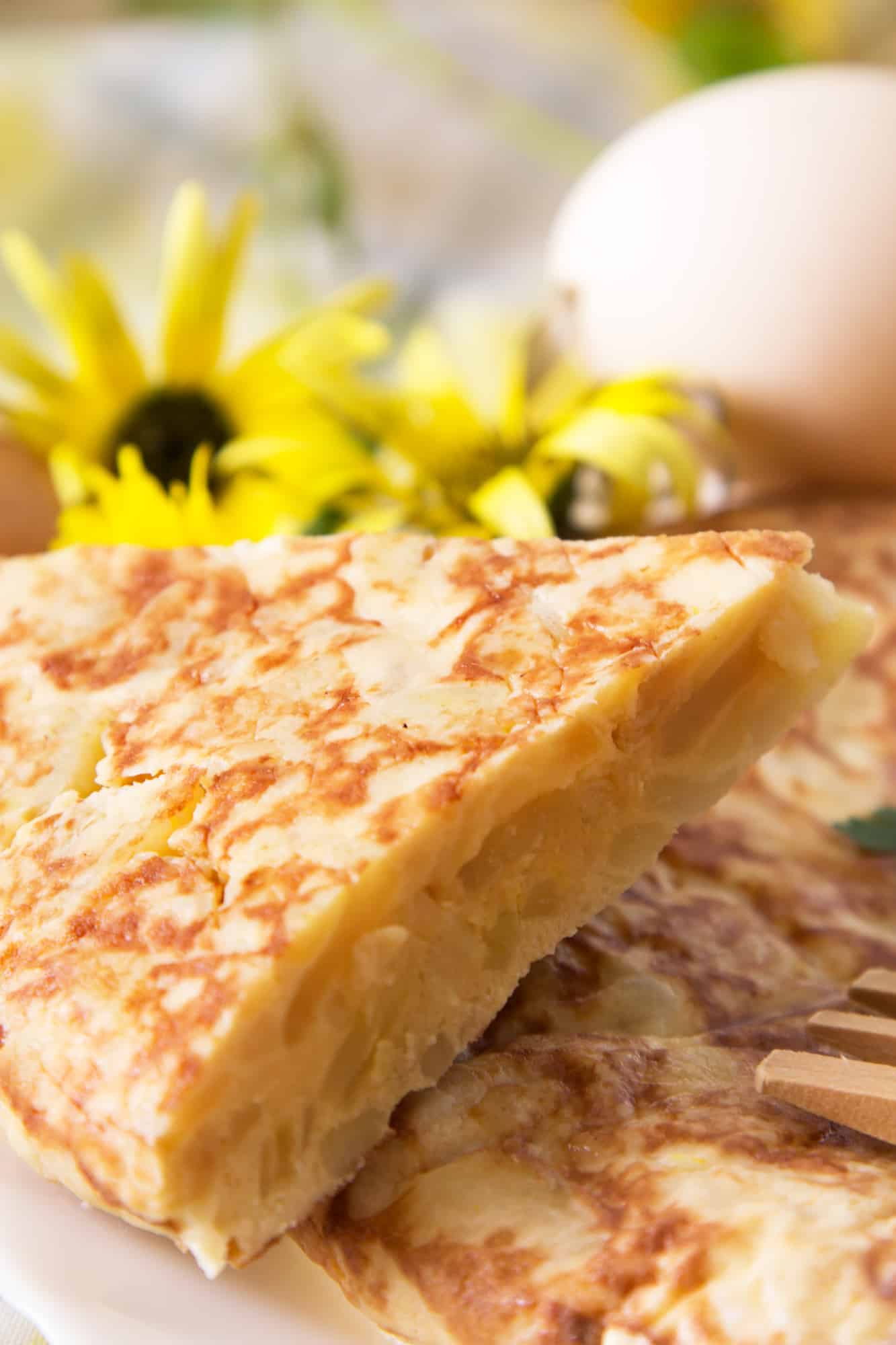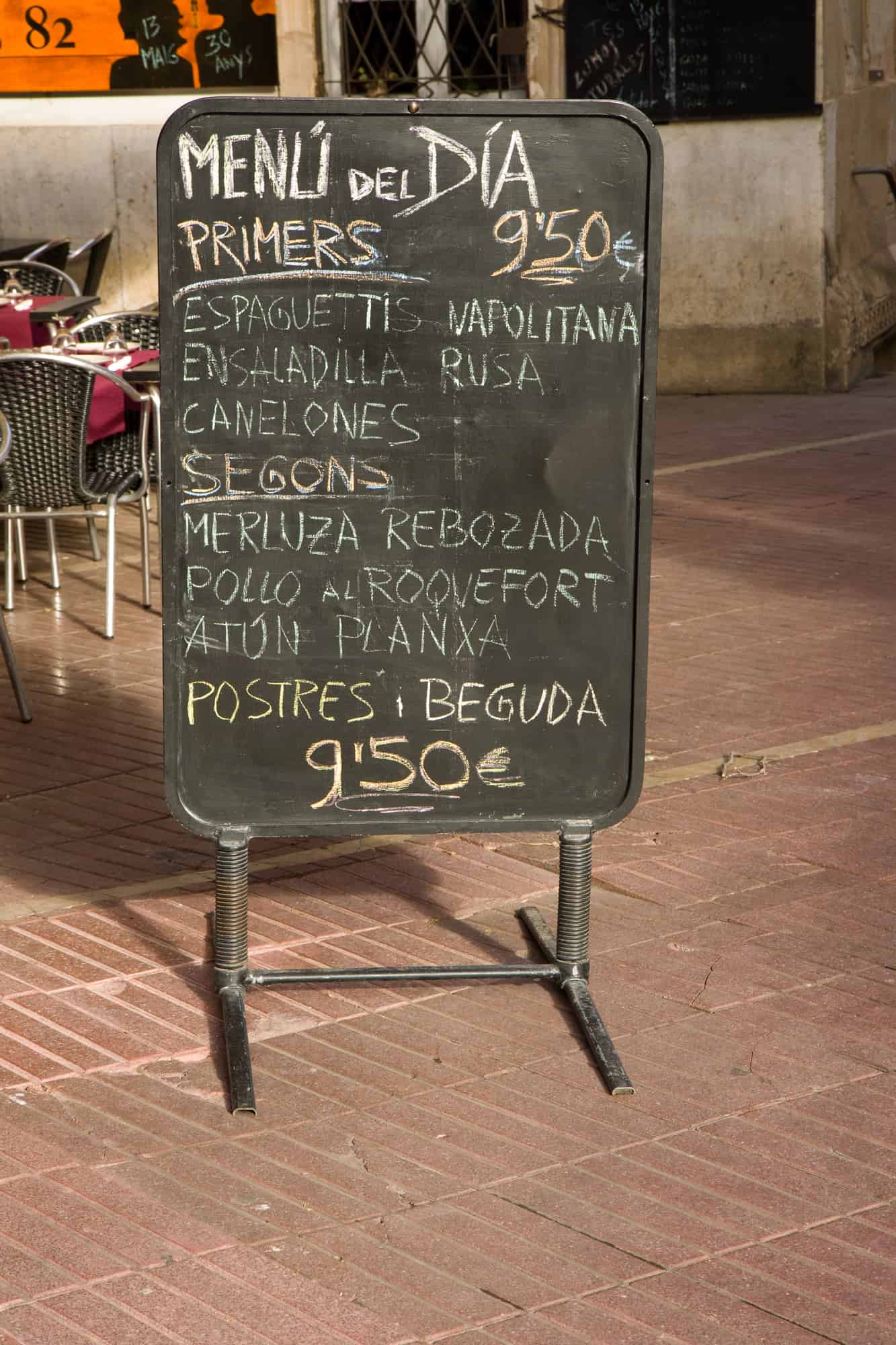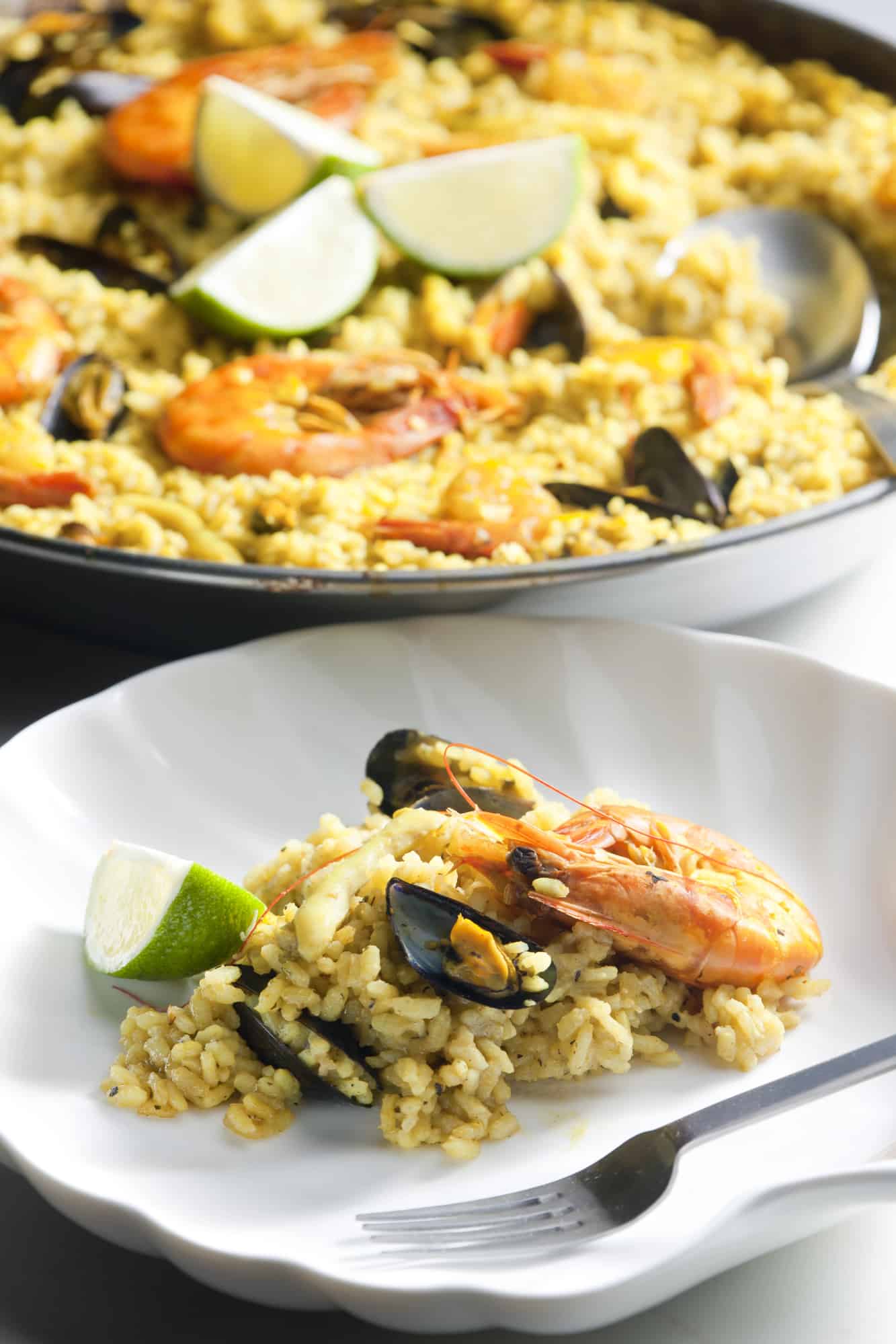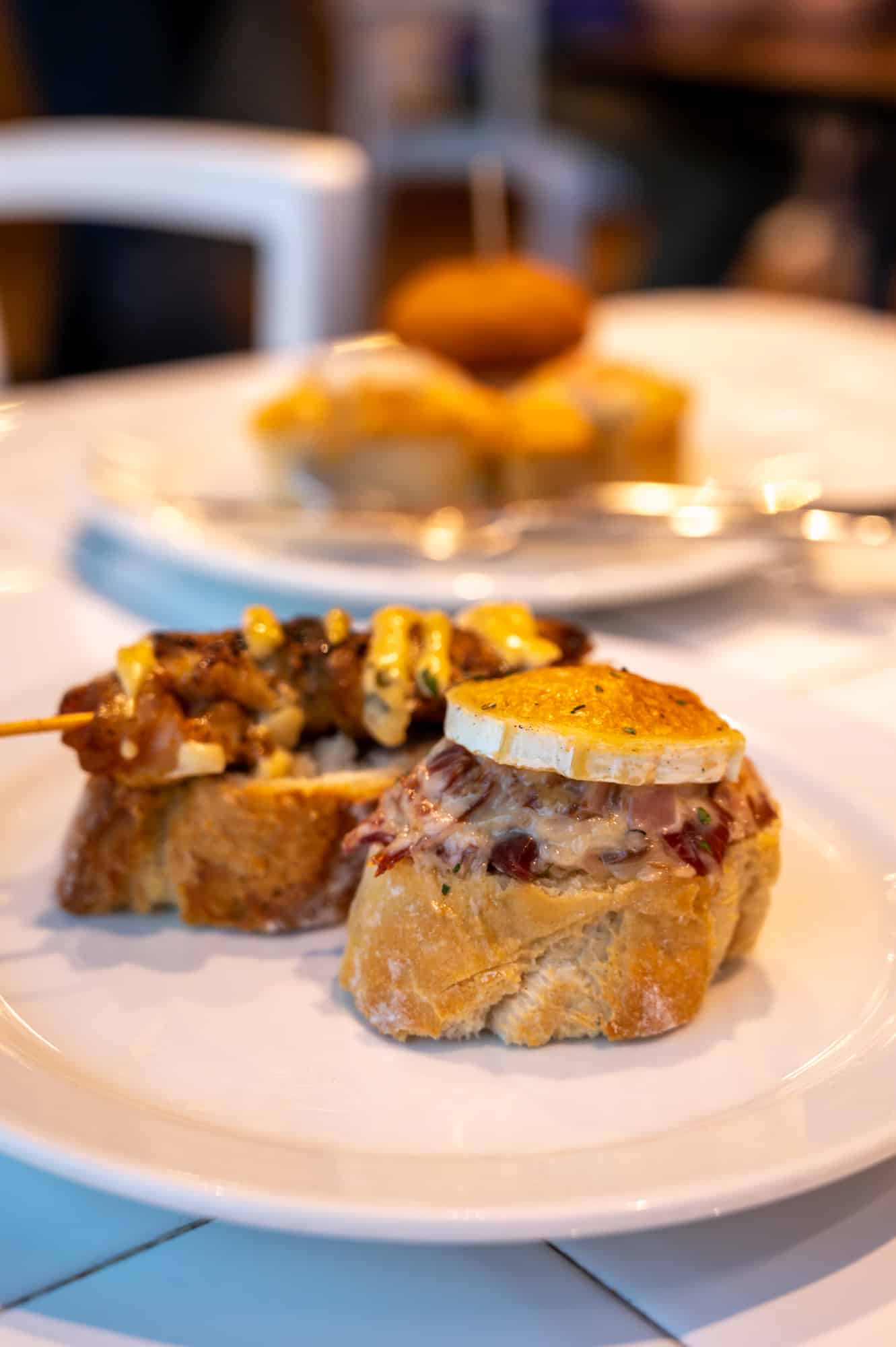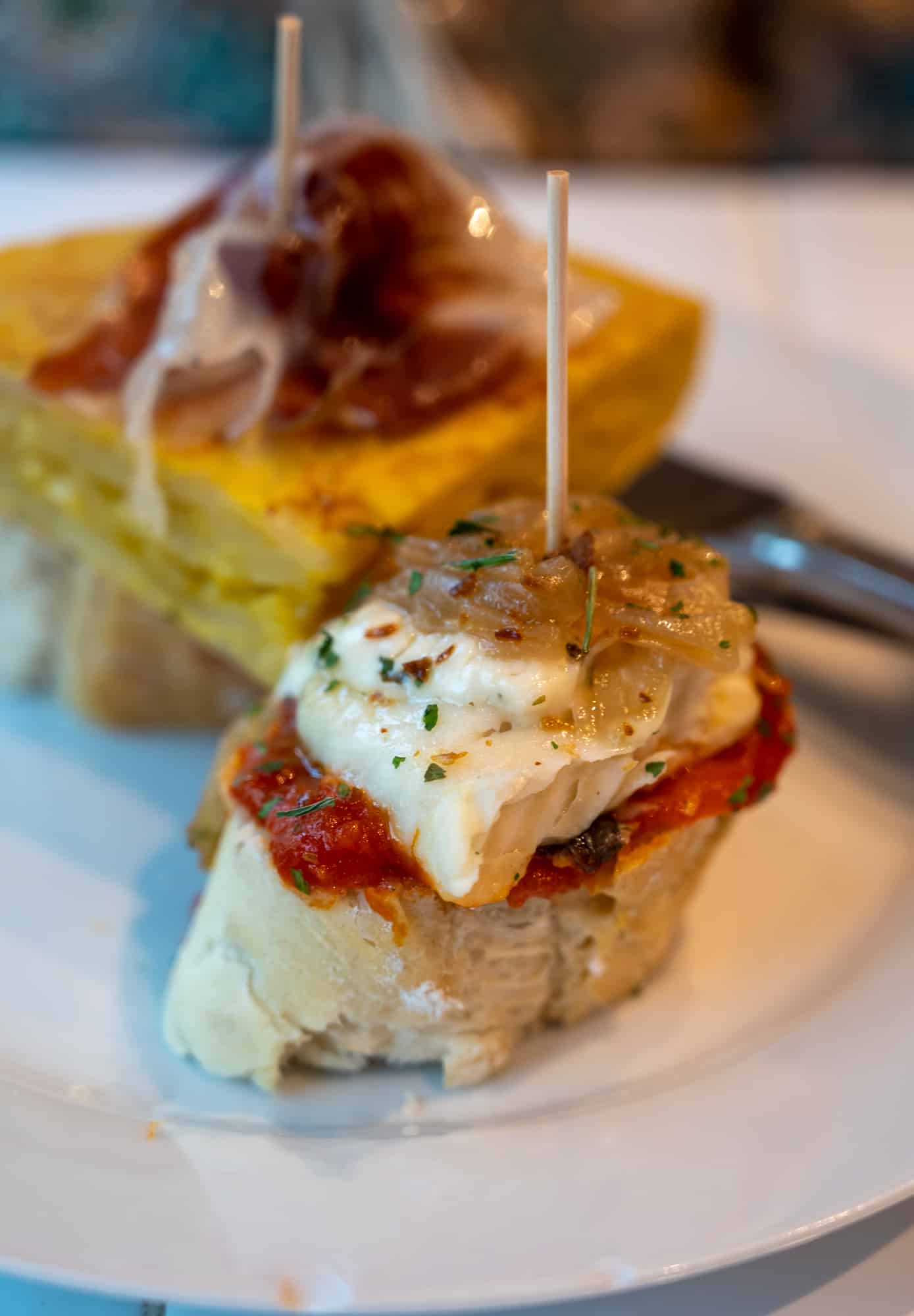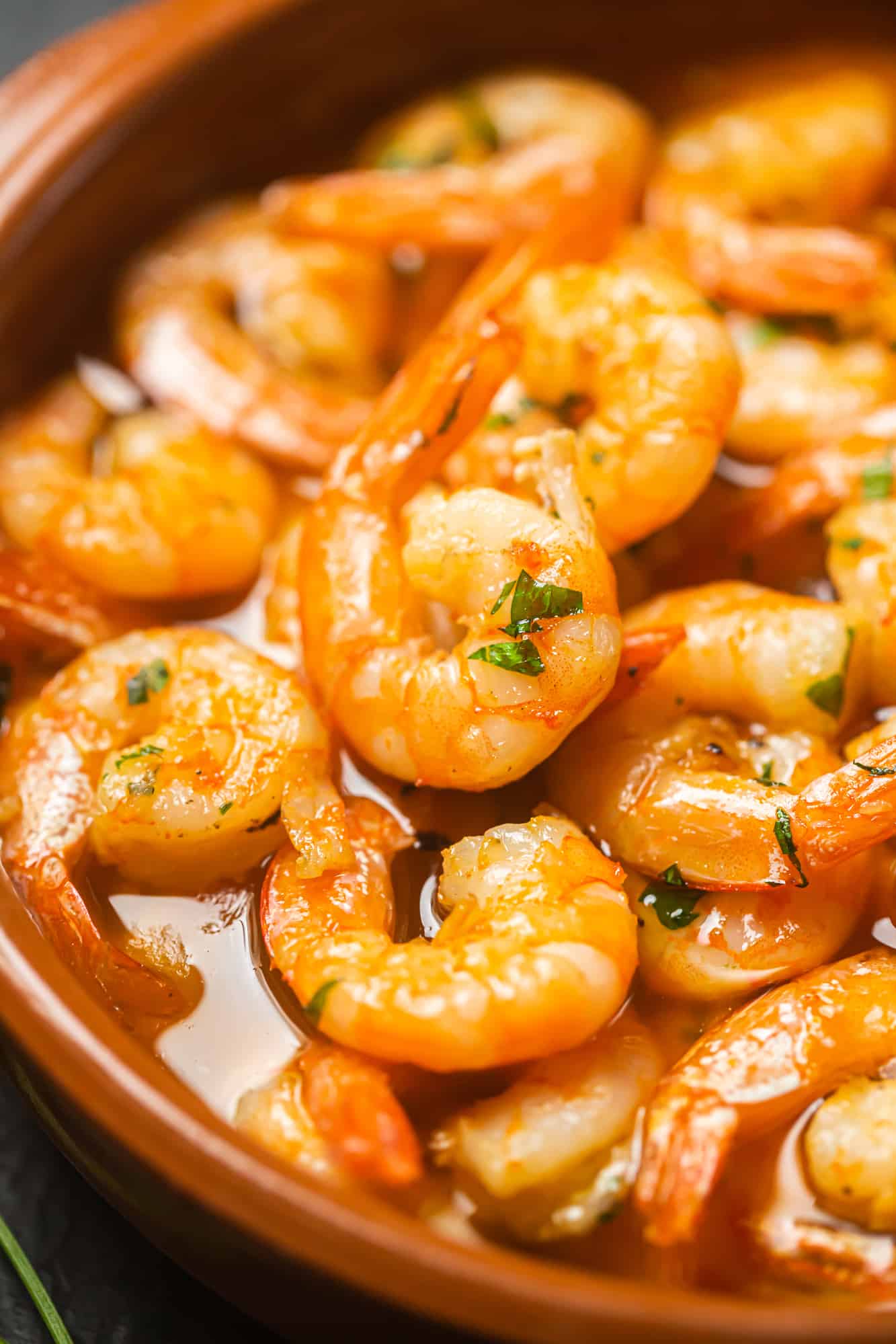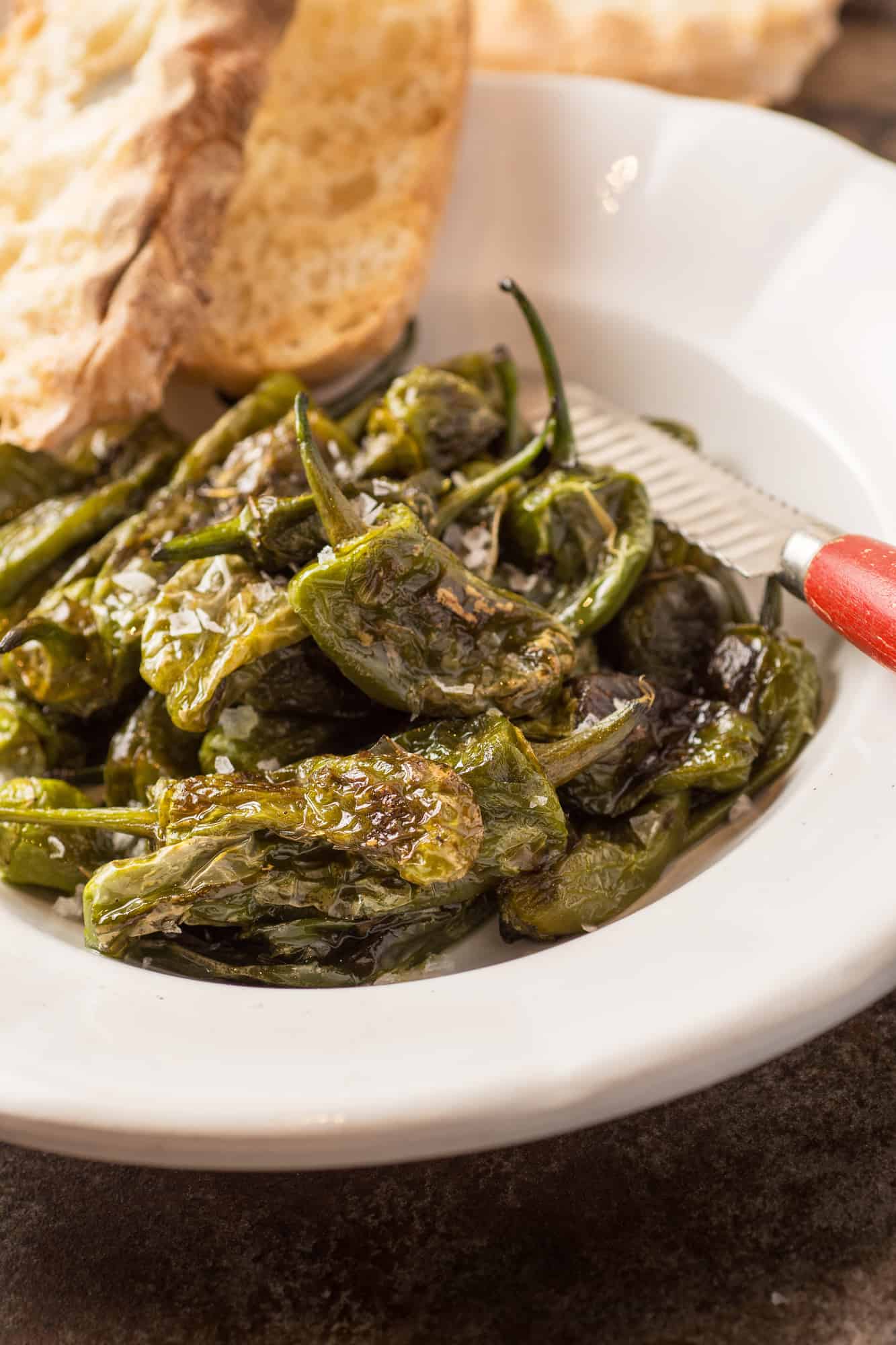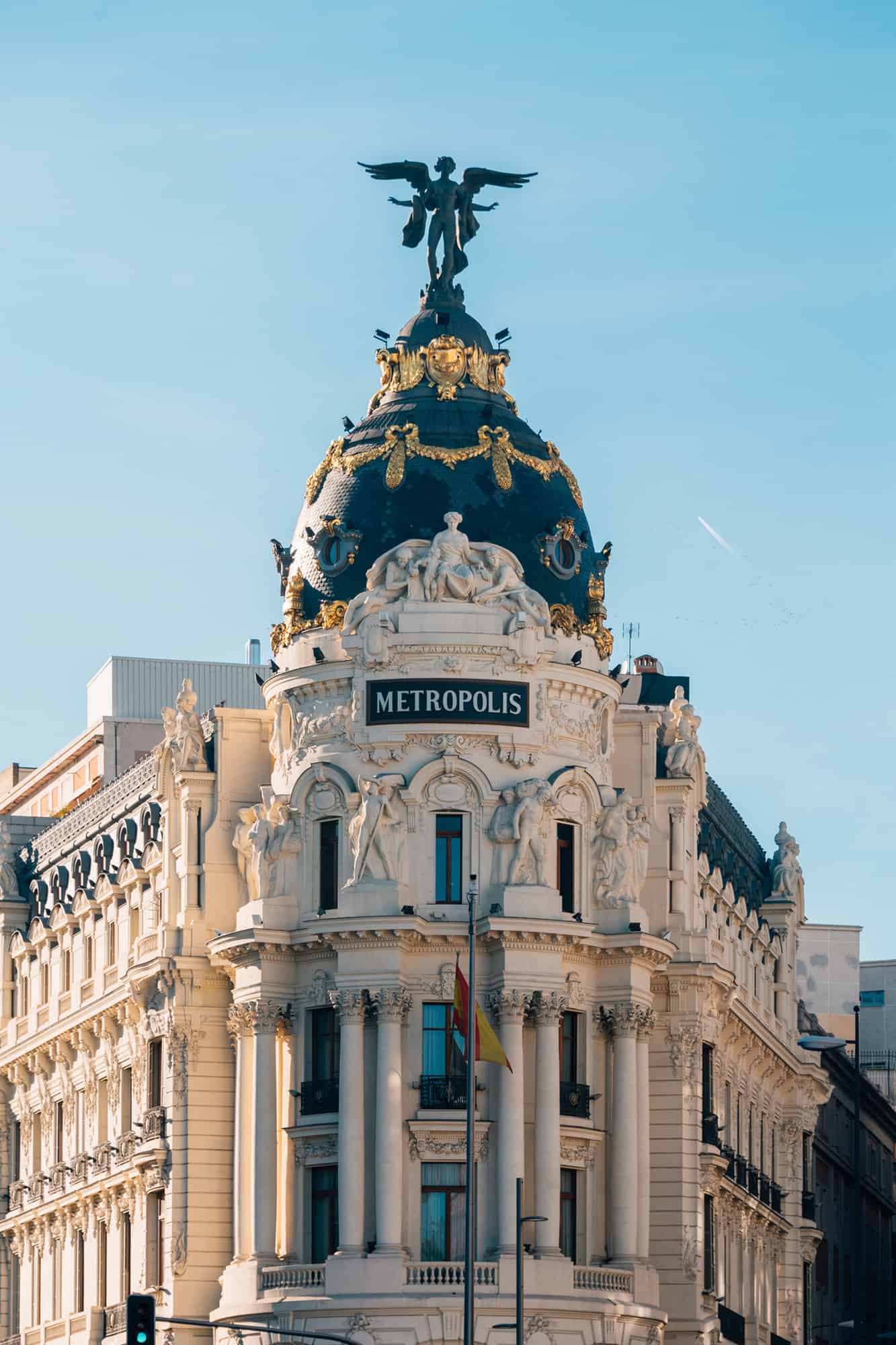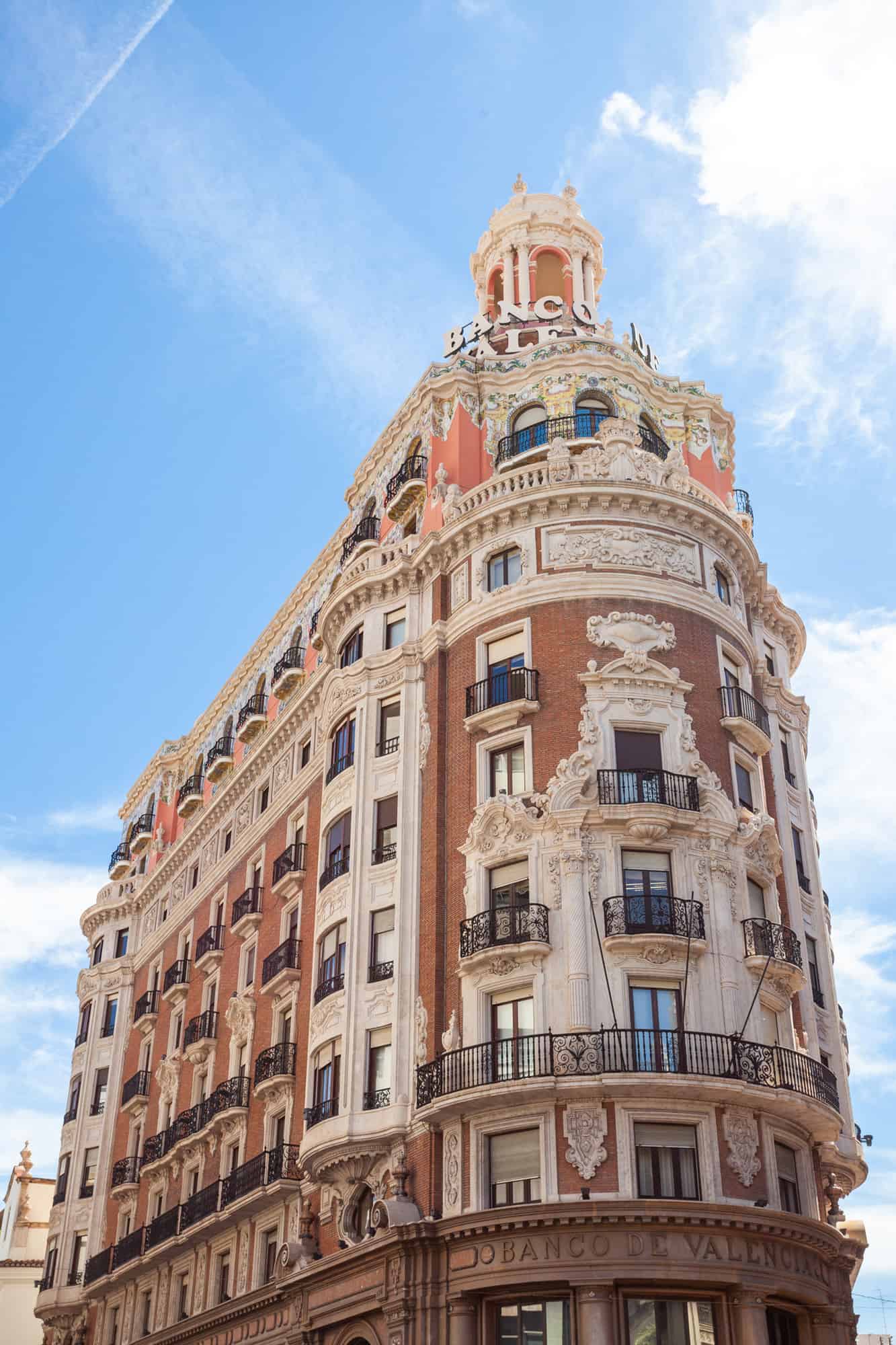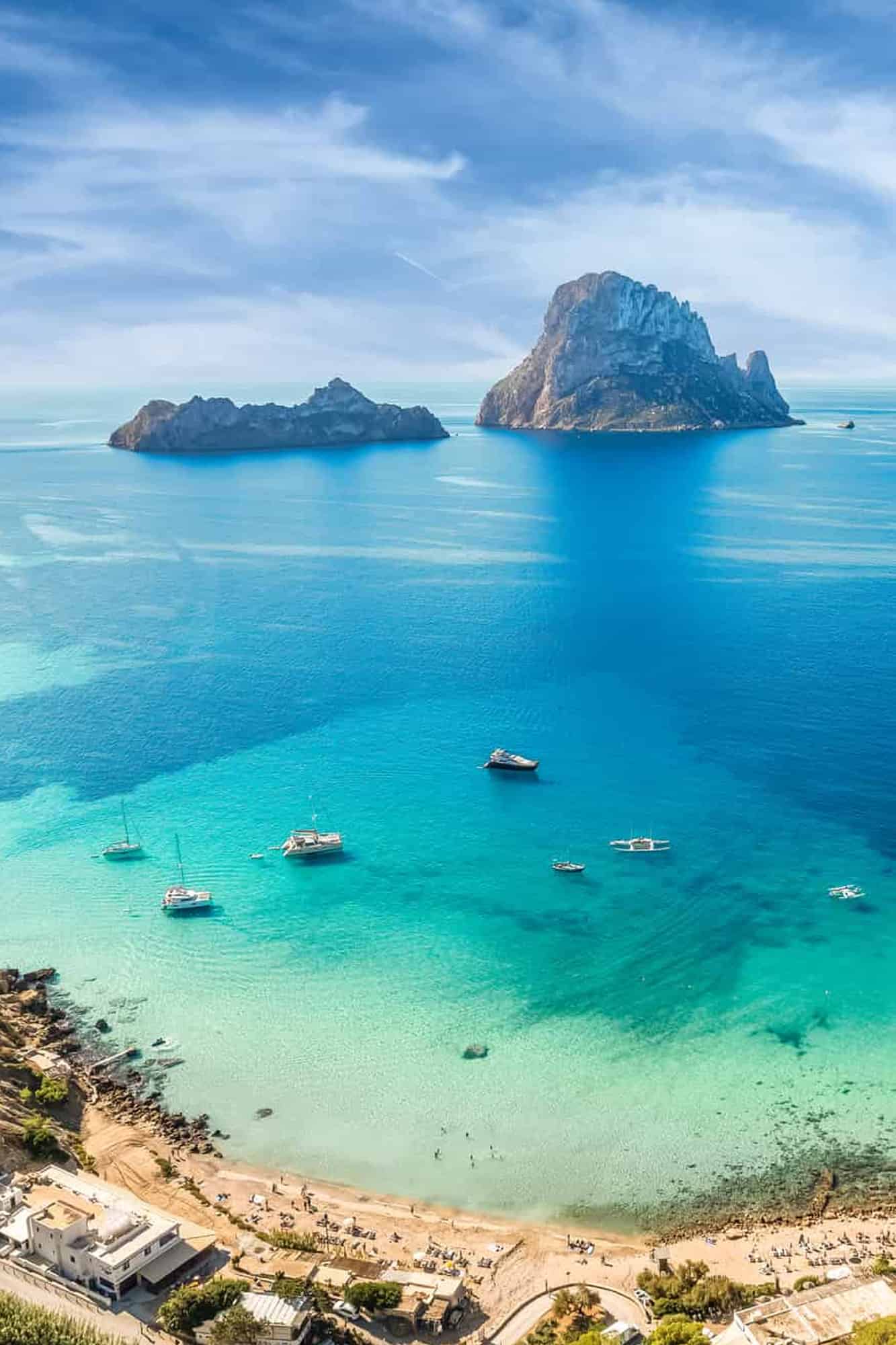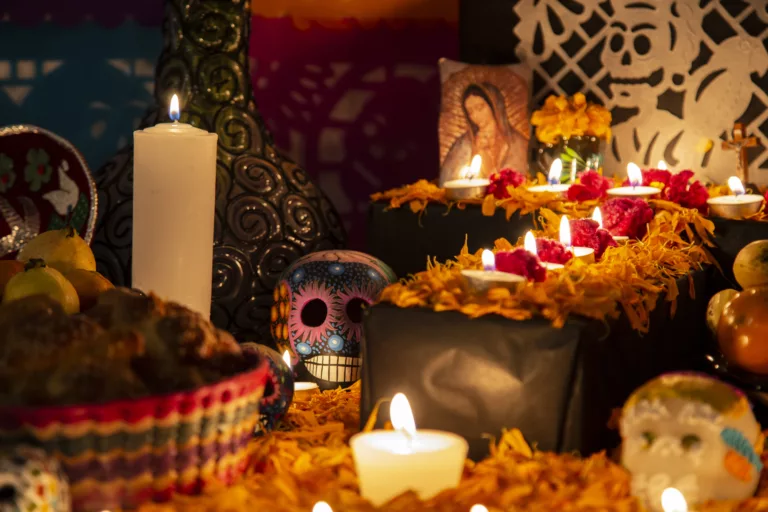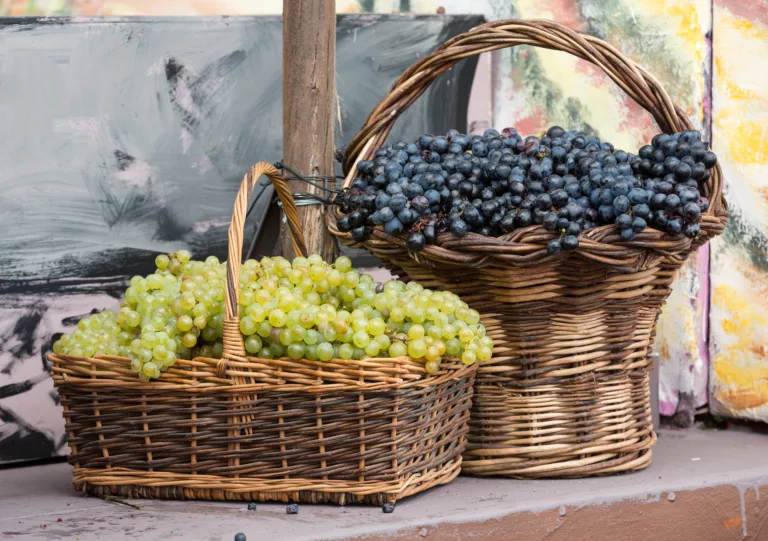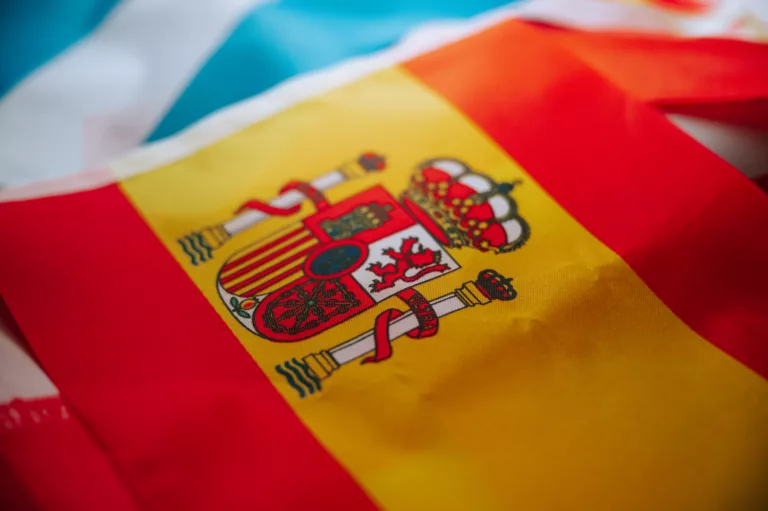Eating Schedule in Spain
Moving to Spain introduces many surprises, one of which is the Spanish meal times and customs. Unlike the typical dinner times elsewhere, the Spanish “cena” can start as late as 9 or 10 PM. This might seem unusual at first, but it’s a common practice in Spain.
Spanish lunch, known as “la comida,” is another aspect that might catch you off guard. It typically begins at 2 PM, not 12 PM. This meal is more substantial, often comprising three courses. These can include hearty stews, savory meats, and refreshing seafood dishes.
Overall, the food you’ll experience in Spain is among the finest in Europe. If you’re planning to live or spend your holidays in Spain, understanding the local meal culture and times will enhance your experience. This guide aims to provide you with a clear overview of what to expect.

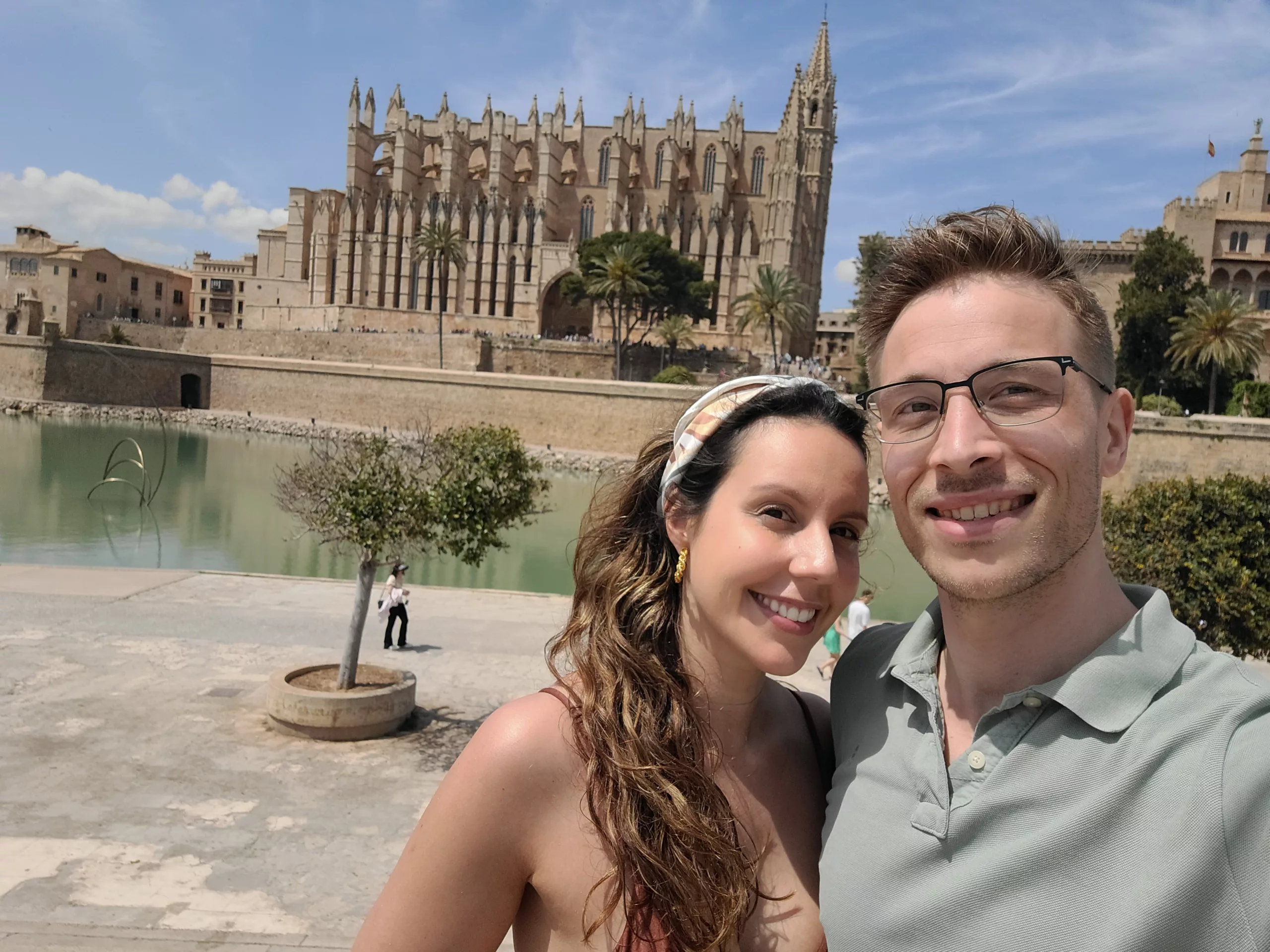
Hi, we’re Timon & Filipa!
We travel across Spain in our motorhome, Speedy, and update TravelSpain24 with fresh content, practical tips, and personal stories from the road. Our goal is to help you experience Spain beyond the typical tourist trails.
Desayuno (Breakfast): 7:00-9:00 AM
Starting your day in Spain, expect a light breakfast, different from the heavy, cooked meals you might be used to. Spanish breakfast typically includes pastries like croissants, donuts, and crepes, along with fruit. Coffee is a key part of breakfast in Spain, known for its high quality and variety across the country.
Different regions in Spain offer unique coffee experiences. In the south, a popular choice is a cortado, which combines milk with a shot of espresso. The Alicante region in the west is known for its café bonbon, a sweet mix of café solo and condensed milk. If you visit the Canary Islands, try the leche-leche, a warm coffee with evaporated milk, espresso, and foamed milk.
When exploring coffee options in Spain, be adventurous and try the different regional specialties.
Second Breakfast: 10-11 AM
In Spain, the tradition of having a second breakfast, or a morning snack, is called “merienda.” This meal can include a variety of foods such as sandwiches, fruit, croissants, cookies, toasted bread with tomato and olive oil, or churros with chocolate, a delight in Spain’s food culture.
One of the most beloved choices for this snack time is churros. Churros are a type of fried dough made from choux pastry, which is piped into hot oil to cook. They are traditionally shaped using a piping bag with a large star-shaped nozzle. Once fried, churros are coated in sugar and often served with a thick, warm chocolate sauce for dipping.
Enjoying churros with chocolate is a delightful experience, making it a favorite among both locals and visitors. It’s a sweet treat that is perfect for enjoying an afternoon of activities.
If you’re planning a trip, trying churros during the morning merienda is highly recommended.
Almuerzo (Mid-Morning Snack): 10:30-12:00 PM
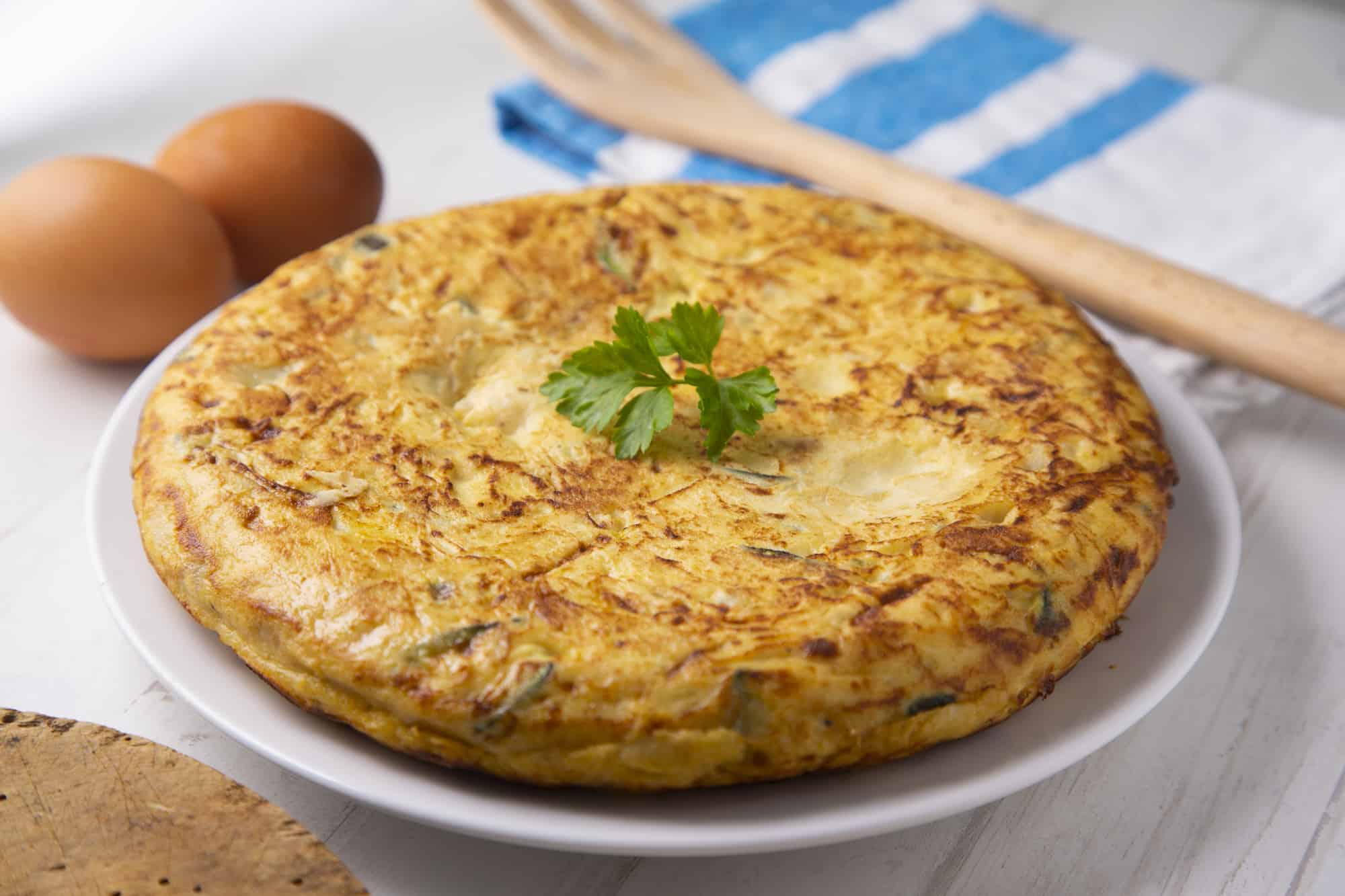
In Spain, locals enjoy more than just a second breakfast. After the morning snack called “merienda,” they also have “almuerzo,” a mid-morning snack to tide them over until late lunch.
A common choice for almuerzo in both northern and southern Spain is a “bocadillo,” which is a traditional Spanish sandwich made with a baguette. This sandwich often includes lunch meats like chorizo or ham and cheese, and a fizzy drink or coffee may accompany it.
Another popular choice for almuerzo is the Spanish tortilla, which can be found in cafes throughout touristy cities like Madrid and Barcelona. Unlike a French omelet, a Spanish tortilla includes eggs mixed with potatoes and sometimes meat and peppers, making it resemble a quiche more than a traditional omelet. This dish is delicious and serves as a perfect way to keep hunger at bay until the largest meal of the day.
Spanish tortilla is prepared in many different ways across Spain, catering to both vegetarians and meat lovers. So, no matter your dietary preference, you’re likely to find a version of the Spanish tortilla that suits your taste.
Comida (Lunch): 2:00-4:00 PM
In Spain, the main meal of the day is called “la comida,” and it typically takes place during lunchtime. This meal often consists of three courses: an appetizer, a main dish, and a dessert.
The appetizer might be a seafood salad or a Spanish tortilla. For the main course, options can include a hearty stew, fish, or meat. Dessert could be yogurt, ice cream, or pudding, often followed by coffee or green tea.
When visiting Spanish cities, you can experience “la comida” at many restaurants, where it’s usually referred to as “menu del dia.” This menu is a great deal, offering three courses at a reasonable price. Prices can vary by location, with some cities offering menus for as cheap as 7 euros.
In less touristy, northern cities, prices can even drop to 5-6 euros. However, prices may be higher in popular tourist destinations like Sevilla, Malaga, Madrid, and Barcelona. Still, these cities offer a wider variety of food and enjoyable weather and climate in Spain for outdoor dining.
Cooking classes are an excellent option for those interested in learning more about Spanish cuisine. There are numerous cooking classes available, including tapas and paella cooking classes. These classes offer a hands-on way to learn about traditional Spanish dishes and are recommended for getting the full Spanish cuisine experience.
To sum up, “la comida” is a significant part of Spanish culture, offering a chance to enjoy a variety of dishes at a reasonable price. Whether you’re dining out or taking a cooking class in Madrid, there are many ways to explore Spanish cuisine during your visit.
I recommend this 4-hour Spanish Cooking Class in Madrid to get the ultimate Spanish cuisine experience.
Siesta: Post-Lunch Tradition
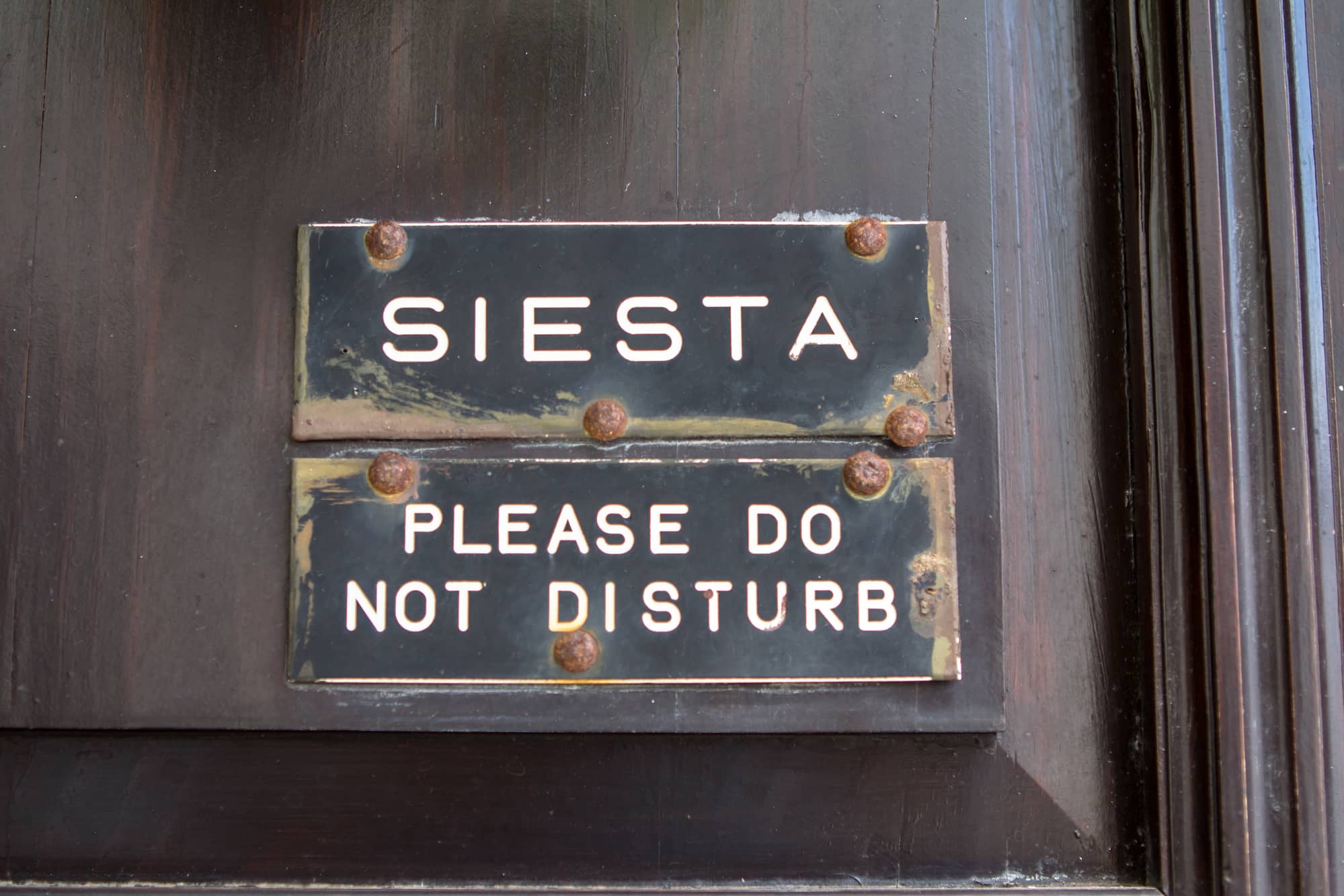
After having a large meal in Spain, taking a siesta is common. This is a break from around 2 pm to 4 or 4:30 pm, meant for resting. It’s especially useful because many people in Spain work again in the evening. During the siesta, you’ll find that Spanish supermarkets, stores, businesses, and even some companies are closed.
Don’t be surprised if places are closed between 2 and 4 pm during your visit. It’s a good idea to try a siesta yourself, especially before an evening activity. It might become a habit you enjoy.
Merienda (Afternoon Snack): 5:30-7:00 PM
Afternoon merienda is similar to the morning snack but can include a variety of sweet and savory foods. This meal is akin to afternoon tea in some cultures, often accompanied by tea or coffee.
Typically, people enjoy merienda between 5 and 6:30 PM or any time before dinner. It can be a sweet snack, like small cakes, cookies, bocadillos, and churros with chocolate sauce or a savory option.
For those interested in savory snacks, the Basque Country in Spain, known as Pais Vasco, offers unique options. In this region, it’s common to have pintxos before dinner.
Pintxos are small finger foods found in bars and taverns throughout the Basque Country, featuring meats, olives, fish, seafood, and more on top of toasted bread. They are an integral part of the food culture in Pais Vasco.
Trying these pintxos is highly recommended if you’re traveling through northern Spain.
Aperitivo (Pre-Dinner): 8:00-9:00 PM
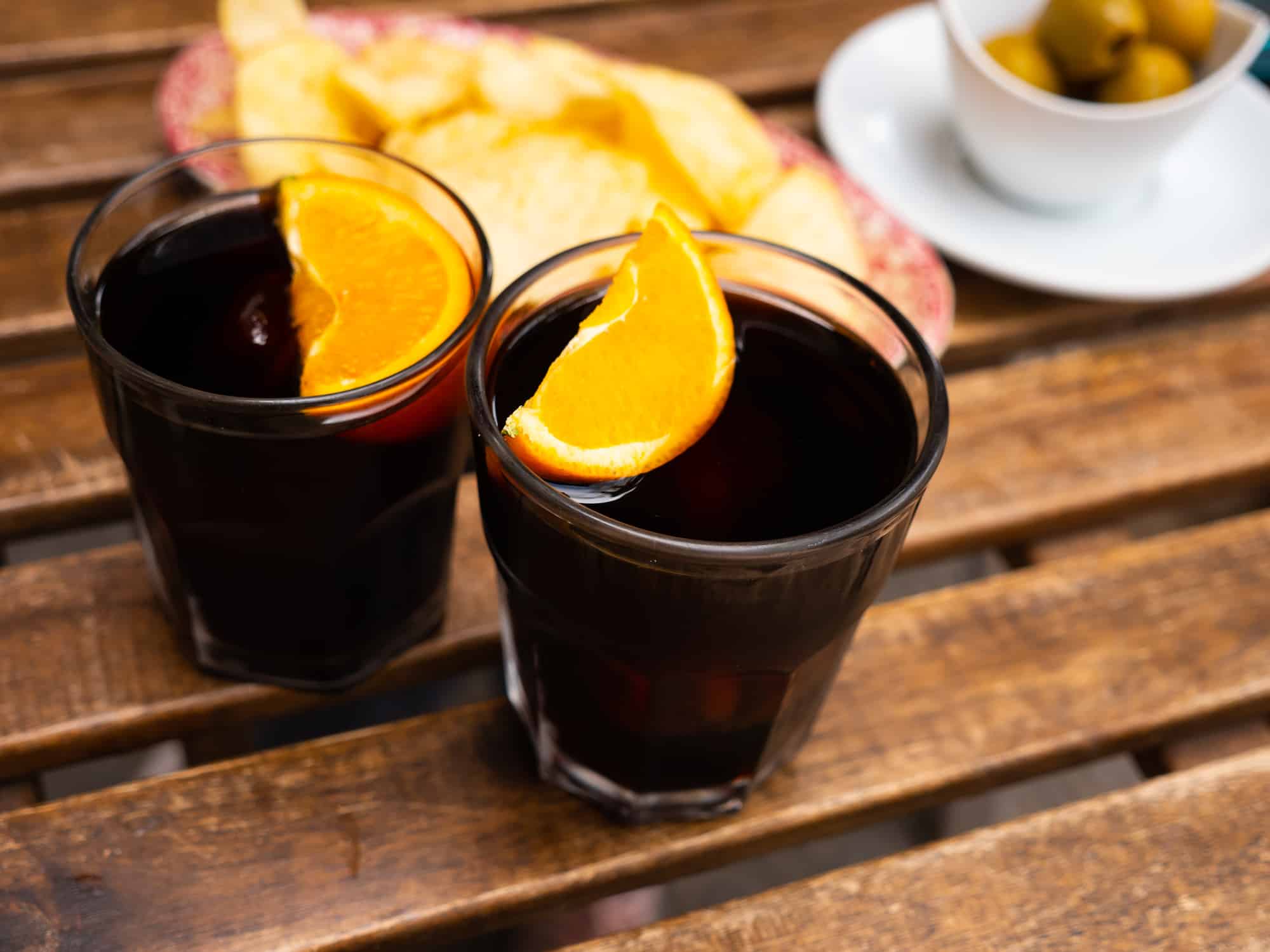
In Spain, an “aperitivo” is a pre-dinner meal similar to appetizers. It’s akin to the concept of a happy hour in the United States or an aperitif in France. Typically, people enjoy aperitivos in a bar, pairing small plates with a drink, usually between 8 to 9 PM.
A favored drink choice for the Spanish aperitivo is vermouth, locally referred to as “Vermut” or “Vermú”. This is a fortified wine enhanced with a variety of botanicals, giving it a distinctive bitter taste. Vermut is particularly popular in the Galicia region of Spain for aperitivo. It is commonly served with seafood tapas such as calamari, prawns, or mussels, offering a delightful combination.
When visiting Galicia, the region’s wet weather and climate make spending time indoors in bars and restaurants appealing. Exploring the local tradition of aperitivos by bar or restaurant hopping can be a memorable part of your trip.
Cena (Dinner): 9:00-11:00 PM
In Spain, people usually have dinner, known as “la cena,” between 9 and 11 PM late in the evening. This meal tends to be lighter than lunch but can still consist of multiple courses.
What is eaten for dinner varies by region and whether one is in a rural or urban area. For example, in the countryside of Spain, specifically the rural region of Asturias, seafood is a common choice, while in coastal areas popular with tourists, like Malaga and Valencia, paella is a favored option.
The time of year also influences dinner choices. During summer, salads are common, while warm soups are preferred in winter. A Spanish tortilla, an omelet made with potatoes and onions, is a year-round dish.
When dining out, especially in bars or restaurants, you might try various tapas, which are small dishes meant for sharing. Some popular tapas include gambas al pil pil (prawns in a spicy garlic sauce), pimientos de padrón (a Spanish vegetarian dish consisting of fried green peppers), and mejillones tigres (stuffed mussels). These dishes offer a glimpse into the diverse and flavorful cuisine of Spain.
Nightlife Influence on Dinner Times
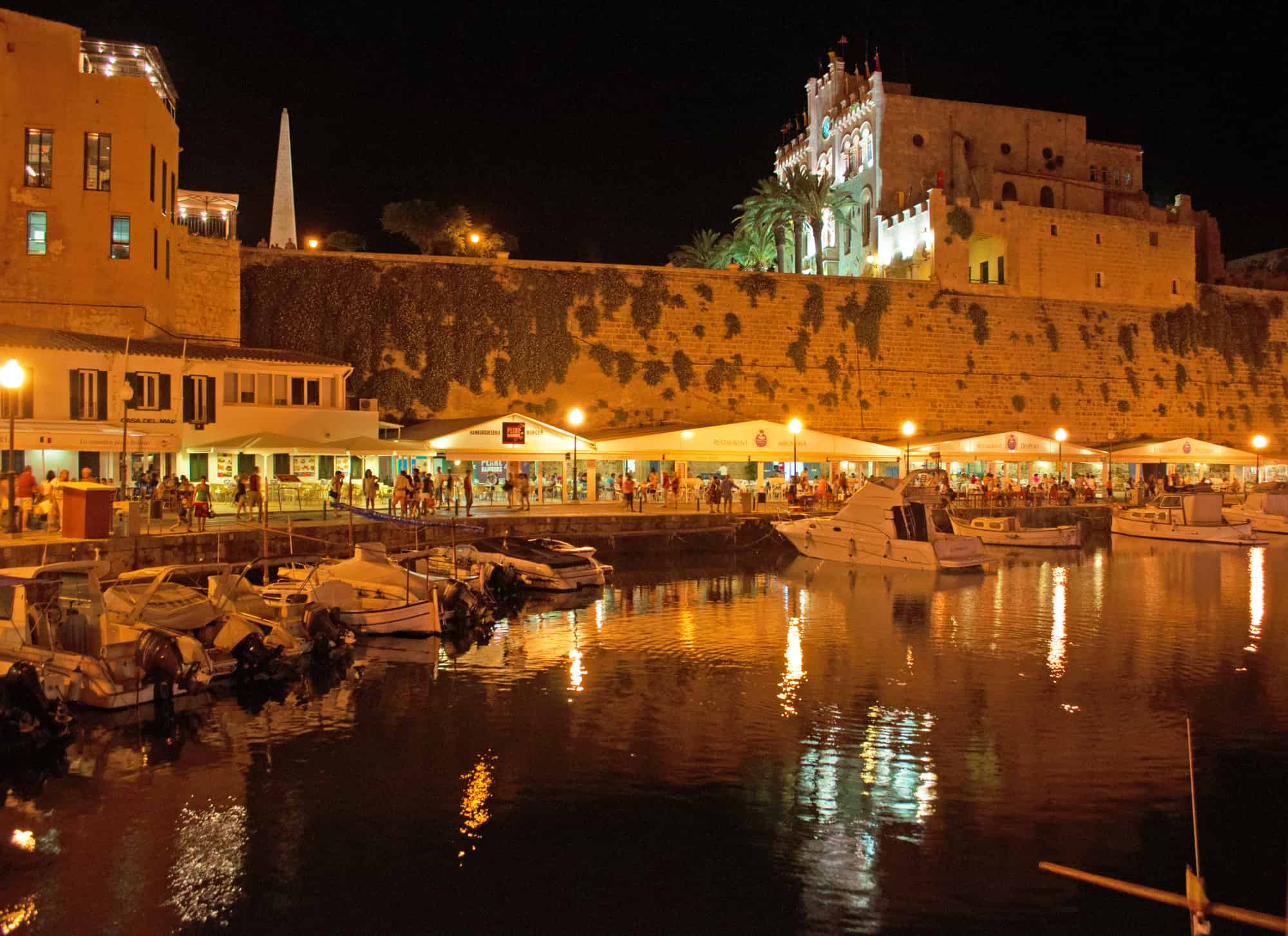
In Spain, people enjoy socializing late into the night, especially during weekends, which leads to dinner being served later than what might be usual in other countries. After dinner, individuals of all ages frequently visit bars, nightclubs, and dance spots, keeping the nightlife vibrant.
Malaga, a major city in Spain’s Andalusia region, exemplifies this lifestyle well. The city center is filled with restaurants, bars, and nightclubs, making it easy for people to find a place to enjoy after having dinner.
Madrid, the country’s largest city, shares this culture too. It offers a wide variety of dining neighborhoods and an extensive nightlife scene. The La Latina quarter in Madrid is particularly recommended for its lively atmosphere at night, featuring galleries, tapas bars, cafes, and beautiful buildings.
This late-night social culture is not limited to specific cities but is a part of the Spanish lifestyle across the country. Going out on holiday in Spain provides a great opportunity to enjoy this social atmosphere and have fun experiencing the local nightlife.
Search the site
Popular Destinations
Just letting you know
When you buy something through our links, we’ll earn a small commission—don’t worry, it won’t cost you any extra! It’s a win-win, right?
Exclusive Heymondo Travel Insurance Offer
Planning a trip? Make sure you’re covered! We’ve teamed up with Heymondo to give our readers a special deal: 5% off travel insurance. Grab this deal and know you’re looked after on your next trip.

